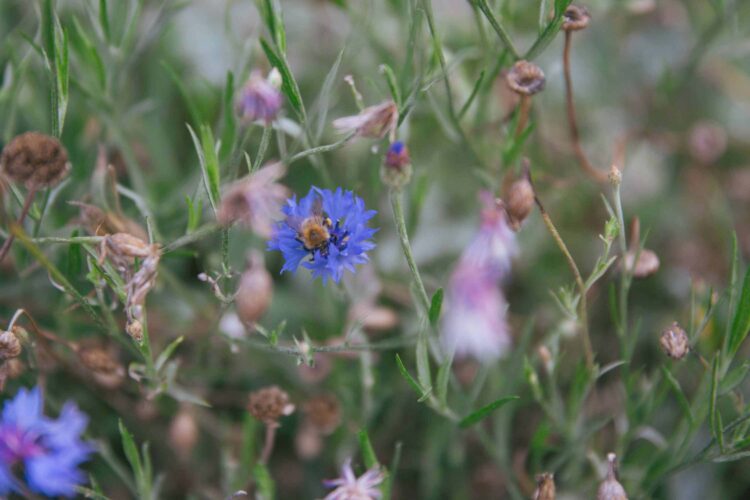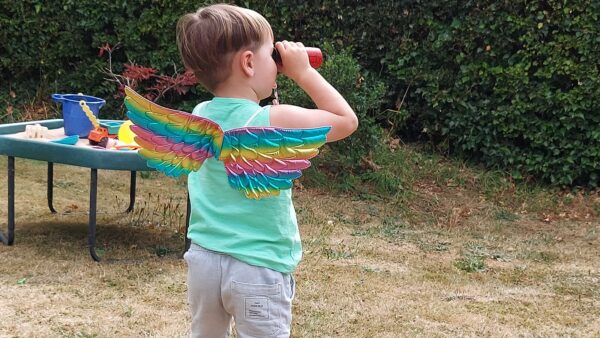A simple guide to wildflowers: your questions answered
We love wildflowers! We love them so much we’d love for them to be everywhere. Not only do they bring colour and beautiful spring and summer displays, but they also provide an essential food source for many pollinators, such as bees and butterflies.
Did you know wildflowers provide a cooler shelter for many creatures during the hot summer months? You may have noticed that a short lawn will become brown and dry in a drought far quicker than long grass and wildflowers.
We get asked lots of questions about wildflowers, so we thought we’d take this opportunity to answer some of the most popular.
Are wildflowers perennial or annual?
It depends on the type of flower. Within our wildflower pack, we list some of the easiest to grow, and whether they come back every year (perennial) or just last for the season they’re planted (annual). It’s important to say though, often the annuals will be coming back each year as they more often than not, self-seed (which means you don’t have to keep sowing new seed). Some common and easy to grow annuals are the common poppy, cornflower, corn marigold and corn cockle. Some common and easy to grow perennials are meadow cranesbill, knapweed, oxeye daisy and musk mallow.
When should I cut back wildflowers?
This is a very interesting question, and the easiest and not-so-straightforward answer is it depends. Cutting back your wildflowers will have an impact on what flowers come back again next year, so it’s a great way to experiment with your wildflower space. Some flowers arrive earlier than others and produce seeds before other flowers have started, so if you cut too early you won’t have lots of seed for next year. Usually cutting back your wildflower space anywhere between July and September is a great time. It’s best if the flowers are nice and dry, so try and wait until it hasn’t rained for at least a week, that will also help with the hay cut. We take you through the hay cut and seed harvest process within our free wildflower resource pack.

Which wildflowers do well in the shade?
Ideally, wildflowers love open, sunny spaces. If you have a lightly shaded area, some woodland edge and hedgerow wildflowers will grow there as they’re used to getting smaller amounts of sunlight. Flowers such as Red Campion, Betony, Selfheal, Common Agrimony, Wood Avens and Wood Sage do well in the shade.
Can you grow wildflowers in pots?
Yes! Within our wildflower pack, we have a task list taking you through sowing wildflowers in all sorts of places, including pots! The main thing to remember if you are sowing wildflowers in pots is to make sure you put them in a sunny spot, create drainage holes and water regularly in the summer.
Want to learn more about creating your own wildflower space?
We’ve created a free pack of resources that take you through the process of making your own wildflower garden. From choosing which seeds to sow, right through to cutting back your space ready for the following year. We have tips on sowing in a pot all the way up to a large meadow area. Our wildflower resources are created with Widgits, amazing visual supports to encourage and help more people access our tips and advice.



